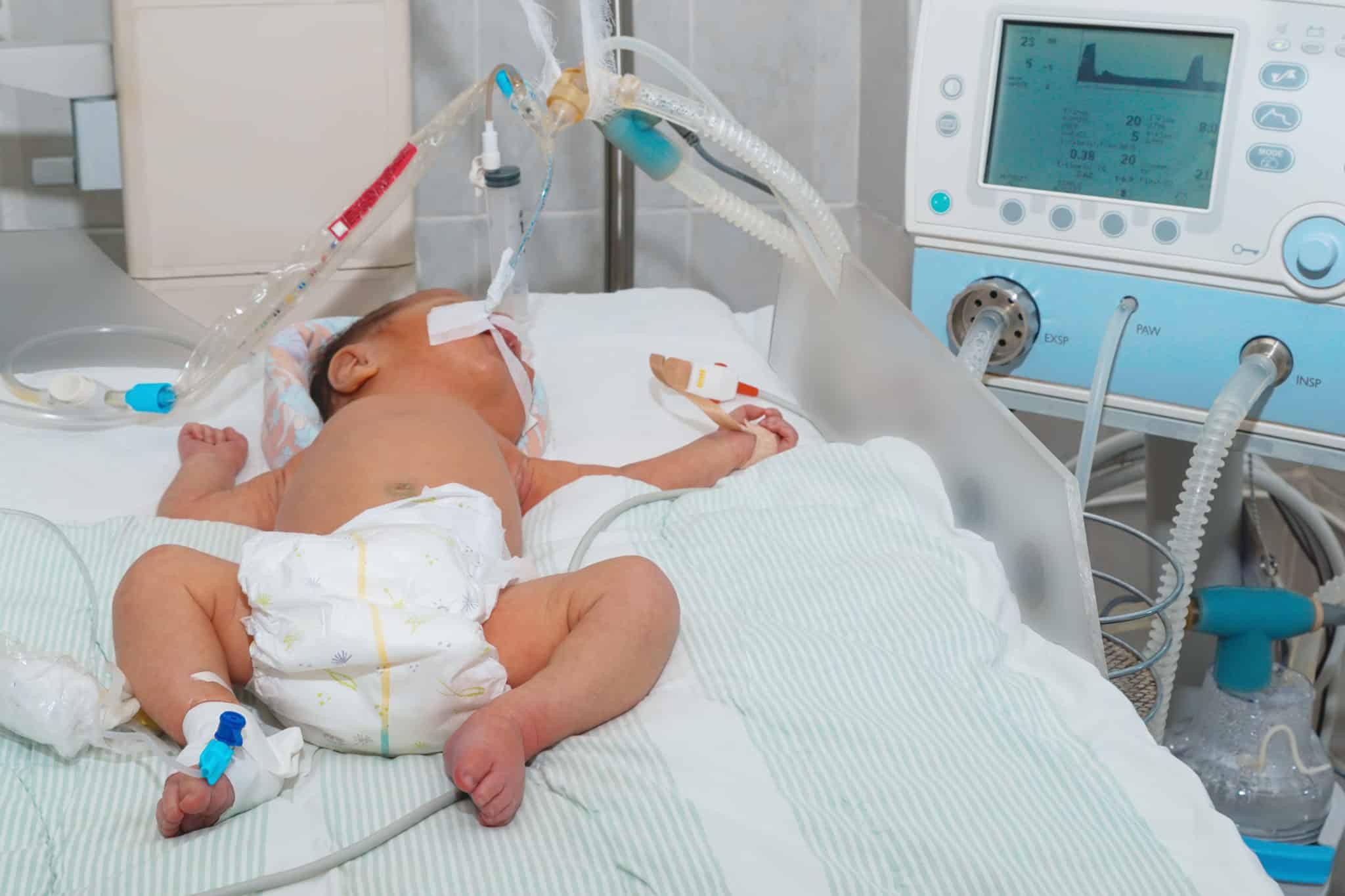
The search for a cure to a disease that usually results in death before the age of one has caught the eye of a West Australian government program that supports outstanding local research.
The disease is severe and debilitating. It causes profound muscle weakness and for parents the inevitable decline in their baby is devastating.
It’s called ACTA1 disease and there is currently no cure. A Perth researcher is working to change that.
Dr Rhonda Taylor investigates rare genetic diseases at the Harry Perkins Institute of Medical Research and has a goal to develop life-saving treatments for ACTA1 disease patients.
She applied for a sought-after National Health and Medical Research Council (NHMRC) Ideas Grant.
Unfortunately, the number of excellent research applications from across the spectrum of medical research in Australia was too great for the available pool of money.
But her application has been recognised by the WA Near-Miss Awards (WANMA), for researchers who narrowly missed out on securing the prestigious NHMRC grant.
Dr Taylor was granted $100,000 to continue her research.
Professor Peter Leedman, Director of the Harry Perkins Institute said, “These grants are awarded to early career researchers who’s NHMRC Ideas Grant applications were found to be scientifically very sound and so were scored very highly but they just missed out on funding due to the large number of good applications and the limited amount of funds available.
“The conditions of the WANMA award are that the money is spent on work related to the original application, to hopefully make the application stronger, so when it is resubmitted in the next NHMRC round it is more likely to get fully funded,” he said.
With the money Dr Taylor aims to develop a range of treatment options that will be suitable for as many patients as possible.
“I am planning to spend the money getting some exciting new techniques up and running in the laboratory and also paying our wonderful research assistant to do the work.
“In this project, we will use patient muscle samples to identify factors which could be used to reduce disease severity.
“We will also develop new tools to facilitate treatment discovery and test new treatments we have designed,” she said.
